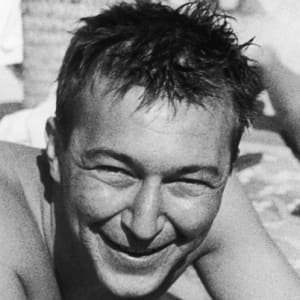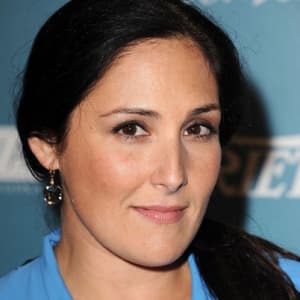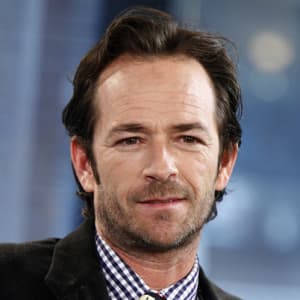
Jasper Johns
An acclaimed artist since the 1950s, Jasper Johns has produced paintings, prints and sculptures. His best-known art features ordinary items like flags and maps.
Synopsis
Jasper Johns was born in Georgia in 1930 and grew up in South Carolina. After moving to New York City to pursue a career as an artist, he found fame in the 1950s for his paintings of flags, targets and other ordinary objects; this work was a change from Abstract Expression and helped usher in the Pop Art era. Over the course of his career, he has collaborated with an array of other artists, including choreographer Merce Cunningham. Johns, who also works in sculpture and printmaking, remains a leader in the art world.
Early Years
Jasper Johns, who was born in Augusta, Georgia, on May 15, 1930, lacked stability during his childhood, which was spent in South Carolina. His parents divorced when he was a toddler and he was subsequently sent to live with his grandfather. After his grandfather's death in 1939, Johns spent a short period with his remarried mother and her new family before moving in with an aunt. He rejoined his mother to finish his last years of high school.
Though his childhood included little exposure to art, Johns grew up knowing he wanted to be an artist. He took art classes at the University of South Carolina, where he studied for three semesters, before leaving for New York City. There, he became a student at the Parsons School of Design for a short time, but dropped out due to a lack of funds.
In 1951, during the Korean War, Johns was drafted into the U.S. Army. Instead of being sent to Korea, he was initially posted in South Carolina, then sent to Sendai, Japan. There, he developed a love of Japanese art and culture.
Development as an Artist
After leaving the army in 1953, Johns returned to New York City. He soon developed a close friendship with fellow artist Robert Rauschenberg; to earn money, the pair designed window displays for stores like Tiffany's. Johns's circle also grew to include John Cage, the avant-garde composer, and Merce Cunningham, a dancer and choreographer.
In 1954, Johns had a dream in which he was painting an American flag. This inspired him to create "Flag," a painting in encaustic (a technique that uses pigments mixed with melted wax). Johns destroyed nearly all the art he'd created before "Flag" because the pieces had been "done with the spirit that I wanted to be an artist, not that I was an artist."
Johns's art was already getting attention when dealer Leo Castelli happened to spot his paintings while visiting Rauschenberg; impressed, Castelli quickly invited Johns to have a solo exhibition at his gallery. This 1958 showing was a success, with the director of the Museum of Modern Art purchasing three of Johns's paintings.
Artistic Success
"Flag" was just one example of Johns presenting a commonly seen object in a new way; in addition to flags, he would produce images of targets, numbers, letters and maps. This work disrupted the dominance of Abstract Expressionism, and is credited with helping to set the stage for Pop Art and Minimalism.
In the 1970s, Johns shifted into abstraction, using cross-hatched patterns in numerous works. He would return to a more figurative style; "Cicada" (1979) features cross-hatching and a cicada. As he grew older, Johns also began to include some autobiographical touches in his work.
In his art, Johns doesn't try to convey a specific message; instead, he prefers that his audience interpret his work and find its meaning themselves. Besides painting, he has worked in sculpture, drawing and printmaking. He also collaborated with figures such as Andy Warhol and the writer Samuel Beckett (Johns produced prints to accompany Beckett's "Fizzles" text).
Johns's art has been displayed around the globe; in 1988, he was awarded the Grand Prize at the Venice Biennale. Though critical opinion sometimes found fault with his work, Johns always remained popular among collectors, with high auction prices such as: $17.05 million for "False Start" (1959) in 1988; $28.6 million for "Flag" (1960-66) in 2010; and $36 million for "Flag" (1983) in 2014. (In a private sale in 2006, "False Start" went for $80 million.)
Personal Life
In 1961, Johns and Rauschenberg's close relationship came to an end, though the specific details behind their separation remain unknown. Johns lost another close associate when he learned that between 2006 and 2011 his trusted longtime studio assistant had stolen some of his unfinished work and falsified authentication papers in order to sell the items.
Though Johns does not profit directly when a piece is re-sold for staggering amounts, that success is reflected in the price of his new work, so he is in no way a starving artist. A private person, he has a home and studio in Sharon, Connecticut, and a house on the island of St. Martin. Johns was honored with a Presidential Medal of Freedom in 2011.




